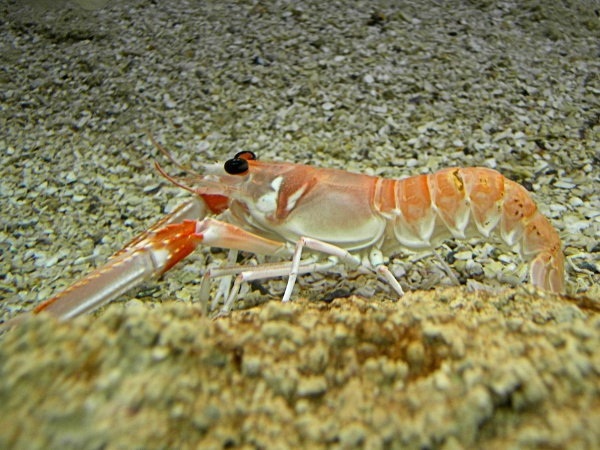Facts About Nephrops norvegicus
The article provides a comprehensive examination of *Nephrops norvegicus*, commonly known as the Norway lobster, Dublin Bay prawn, langoustine, or scampi. It encompasses their physical characteristics, habitats, diets, life cycles, and the fisheries that rely on them.
*Nephrops norvegicus* is a significant commercial crustacean in Europe, predominantly found in the northeastern Atlantic Ocean and parts of the Mediterranean Sea. These lobsters inhabit burrows on muddy seabeds and feed on a variety of organisms, including worms, fish, and jellyfish.
The article delves into their fascinating reproductive cycles, which vary depending on location, temperature, and season. It also highlights the importance of this species to fisheries, detailing methods of capture, economic significance, and the impact of fishing techniques such as trawling and creel fishing on their populations. Sustainable management of these stocks presents a significant challenge.
Additionally, there is a section on the taxonomic history of *Nephrops norvegicus*, tracing back to the 18th century and Carl Linnaeus. The piece also discusses the parasites and symbionts that affect them, as well as their role within the marine ecosystem.

 Finland
Finland